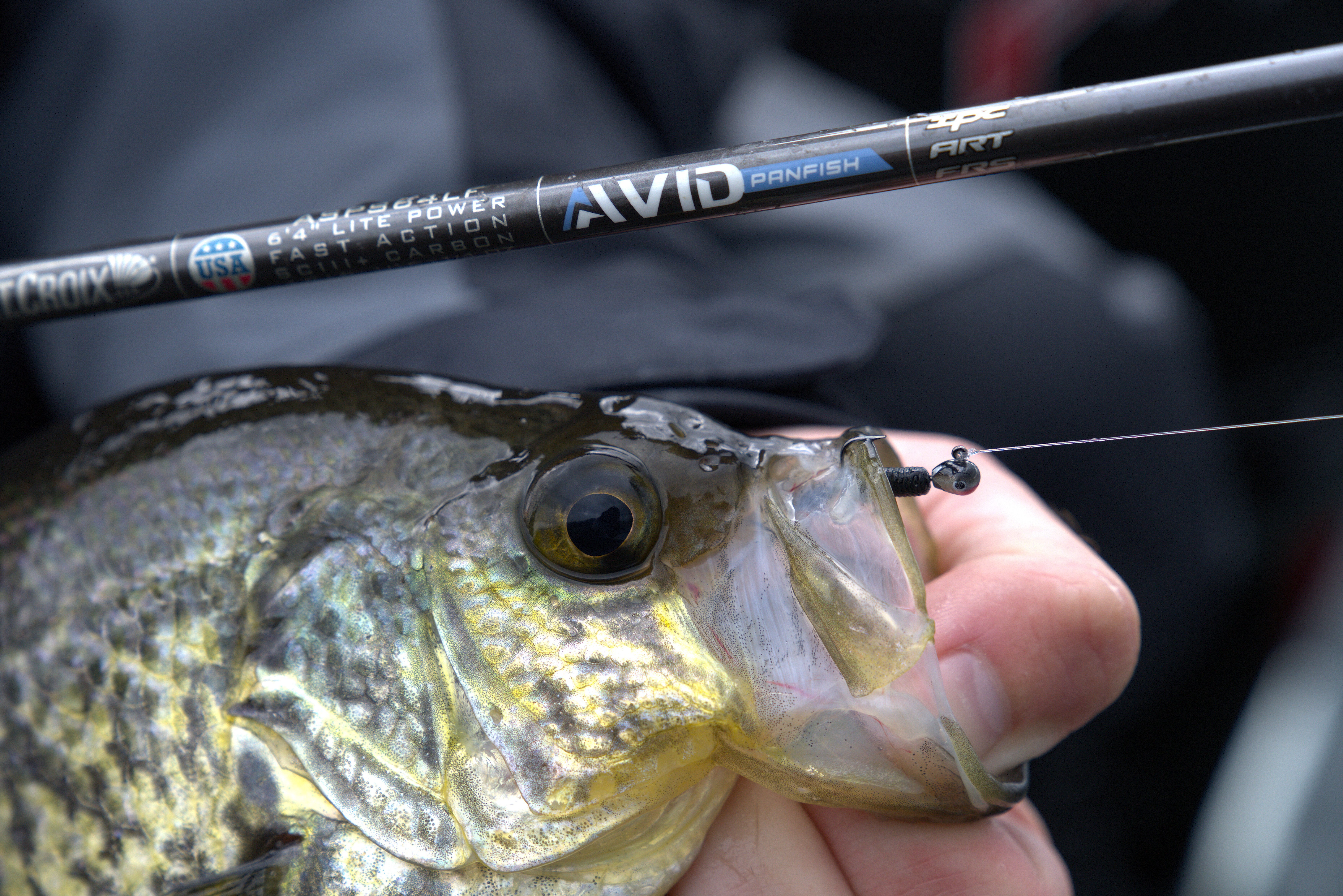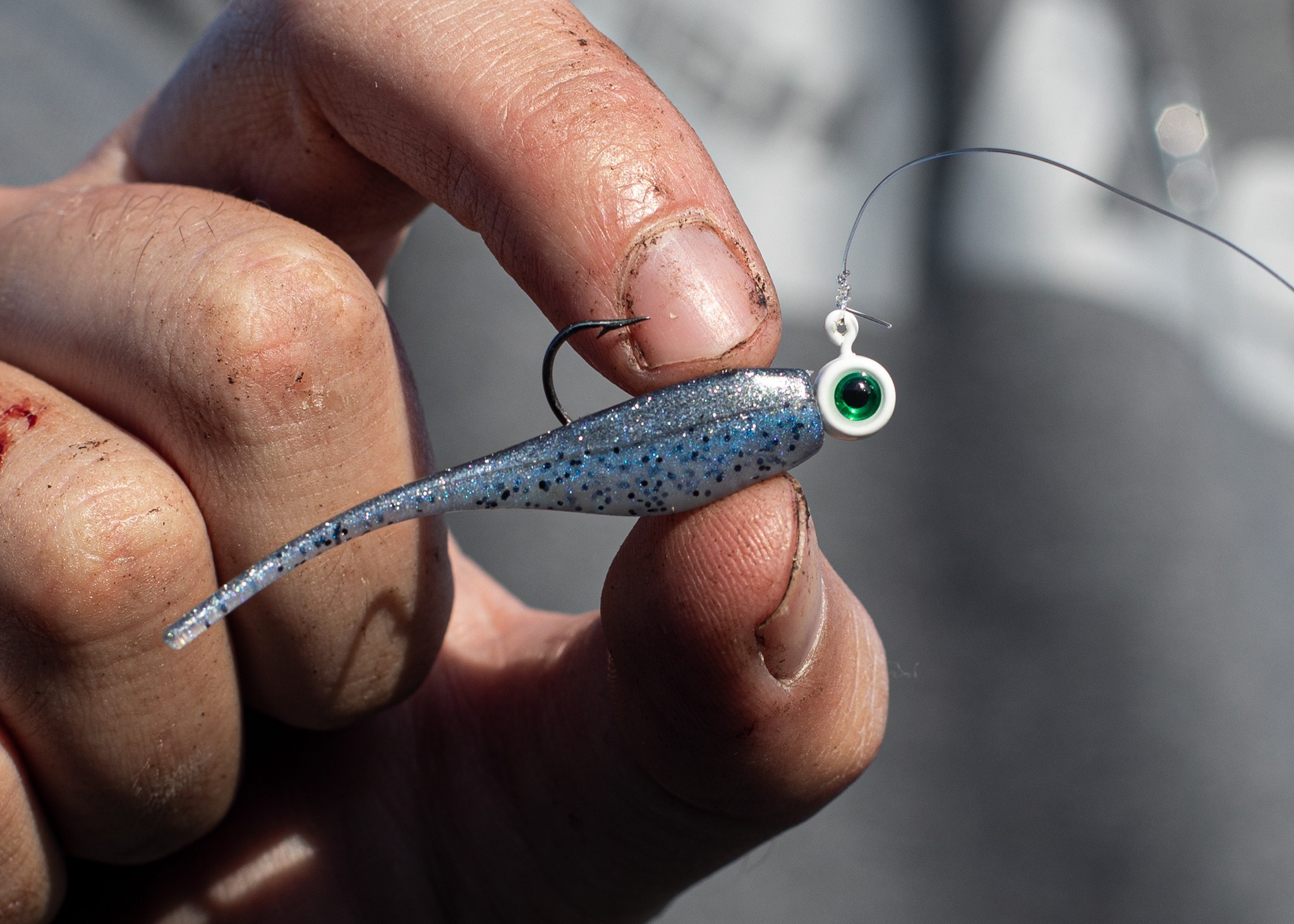Bank Fishing for Crappie: Tips, Techniques, and Strategies
Table of Contents
Why Bank Fish for Crappie?
Essential Gear for Bank Fishing
Rod and Reel

Fishing Line
Baits and Lures

Terminal Tackle
Accessories
Where to Bank Fish for Crappie
Docks and Piers
Brush Piles and Fallen Timber
Creek Channels
Shallow Flats
Rocky Shorelines

Techniques for Bank Fishing
Slip Bobber Fishing
Vertical Jigging
Cast and Retrieve
Spider Rigging

Seasonal Strategies
Spring
Summer
Fall
Winter
Tips for Success
Conclusion
Shop Crappie Fishing Gear

